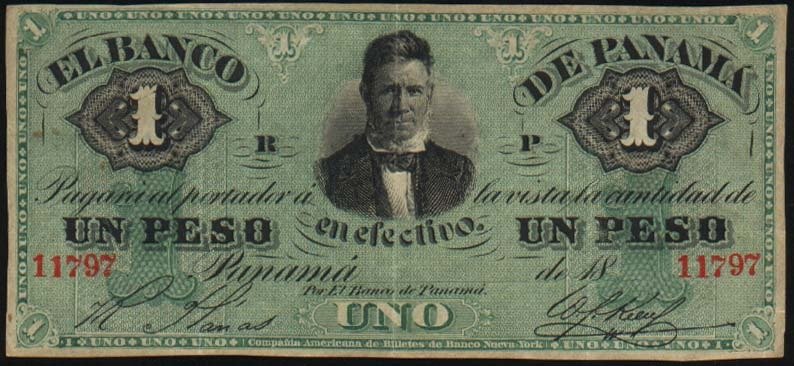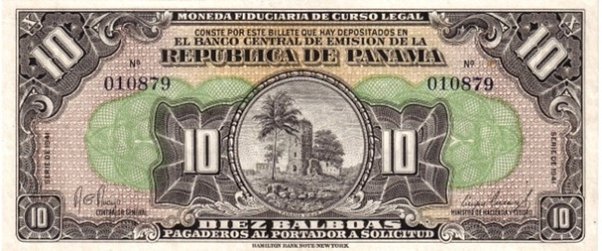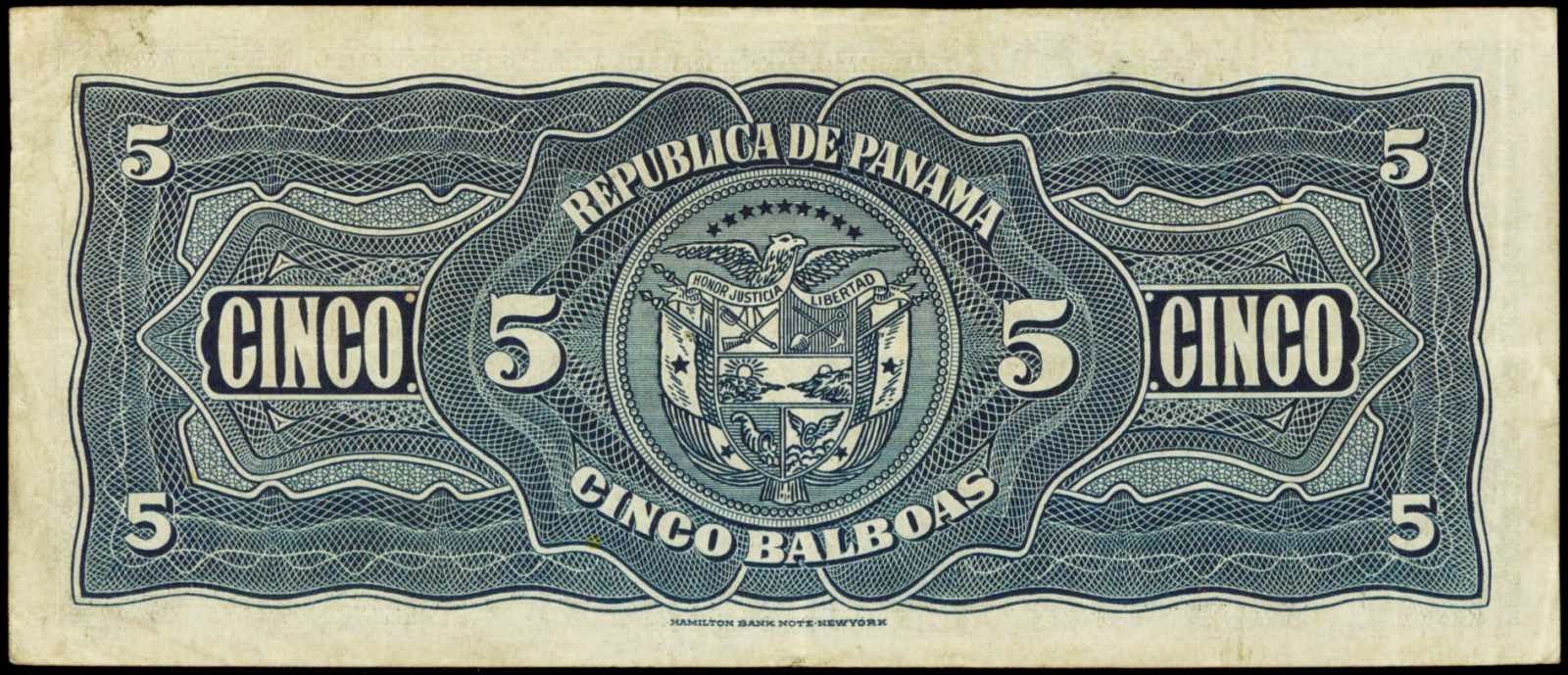Why Panama Does Not Print Their Own Currency

I wrote a story many years ago when asked the question “Why doesn’t Panama have its own currency?” The story just came back to me when someone “up-voted” my answer, so let’s dig into it once again………..
The Balboa replaced the Colombian peso in 1904 following Panama’s independence. With the exception of a fluctuation in 2016, the Balboa has been tied to the United States dollar (which is also legal tender in Panama) at an exchange rate of 1:1 since its introduction and has always circulated alongside dollars. The official currency of Panama is the Balboa, named after Spanish explorer Vasco Núñez de Balboa, who discovered the Pacific Ocean in 1513. One Balboa is divided into 100 cents. Since 1904 one Balboa equals one US Dollar and since then, the US Dollar has legally circulated in Panama. Panama is considered a dollarized country and was the second economy on the continent to become a dollarized economy. While the government isn’t able to print US dollars, they do have the authority to mint their own Balboa coins which they do so at the Canadian Mint. 40 million coins were the first order and were nicknamed a ‘Martinelli’ who was President at the time of the coins inception 2009-2014. The coins cost 25 cents each from the Canadian mint, netting Panama about $30 million dollars in profits. By the way, these $1 Martinelli coins may be collectors items one day as the banks are recalling them and not ordering new ones. Only US paper notes are used in Panama currently, but Panama at one time had their own paper notes in 1941. It is a very interesting story. On the night of September 30, 1941, the President of the Republic of Panama, Dr. Arnulfo Arias Madrid, addressed the nation by radio and announced that, beginning on October 1, 1941, Panama would have its own paper currency.
However, the Constitution of 1904 stipulated that the currency of Panama would be known as the Balboa and coins up to B/ 1.00 would be minted, but no paper currency would be printed. Instead, the U.S. dollar would circulate throughout the country. As rebellious as Panama was, and still is, in 1911, under the presidency of Pablo Arosemena, a law had been passed authorizing the use of paper money, but this was never carried out. Again, under President Porras, the same course had been proposed, and it also failed to materialize. Finally, in 1933, the Comptroller of the Republic, Martin Sosa, made a very detailed financial study which indicated that there would be many advantages if Panama would issue its own paper currency, but the General Assembly turned down the proposal. But in 1941, a new board of directors of the National Bank decided to go ahead with the project to issue paper Balboas as the official currency of Panama. It was decided to issue B/ 6 million. Each paper Balboa would be backed by an equivalent reserve in Panamanian silver coins or by 0.987-1/2 milligrams of gold, guaranteed in the vaults of the National Bank. The National Treasury took care of the initial expenses and the firm of Hamilton Bank Note Company printed the first batch of bills, Series 1941, consisting of the following:
720,000 bills of B/1.00
100,000 bills of B/5.00
100,000 bills of B/10.00
25,000 bills of B/20.00
The grand total turned out to be B/ 2,720,000.00. On October 2, 1941, the first bills went into circulation and President Arias was the first person to present himself at the offices of the National bank to exchange dollars for Balboas. The new bills were the same identical size as the US Dollars. The bust of Balboa appeared on the front of the B/1.00 note and its general color was green. On the B/5.00 bill appeared the statue of the Indian Chief Urraca and the general color tone was blue. For the B/10.00 bill, the color was red and the tower of Old Panama appeared on the front. The illustration chosen for the B/20.00 was a wagon pulled by two oxen with its driver. On the middle of the reverse side of the bills was the National shield with the slogan HONOR, JUSTICE, LIBERTY having replaced the traditional PRO MUNDI BENEFICIO.

The new currency was accepted slowly by the general public while the Governor of the Canal Zone, on October 8, issued a declaration that the “Paper currency of the Republic of panama must be accepted throughout the Canal Zone.” The next day, October 9, while on a diplomatic trip to Cuba, Arias was deposed in a coup and replaced with an American backed leader, Ricardo Adolfo de la Guardia Arango. By Panamanian law, the President could not leave the country without the approval of the General Assembly. Naturally, at that moment, the support for the new money collapsed. One of the first acts under this new president was to close the newly formed Banco Central de Emision, destroy the unissued notes, and exchange any issued notes over the proceeding ten years. On December 30, 1941, the paper currency was officially liquidated with the public given ten years in which to exchange the Balboas for the same value in dollars. Almost all the paper bills were burned in the ovens of the Mechanical Division of the Panama Canal while a few in denomination of B/1.00 were burned in the ovens of La Escuela de Artes y Oficios, giving the Panama people the opportunity to get a few souvenir bills. It is indeed a shame that no forethought was given to save more of these bills for their historic value. The 20 Balboa note is featured on the back cover of an issue of the Standard Catalog of World Paper Money.
In the end, the paper currency of Panama had a short life of just 7 days. In all the catalogs of collectors, these bills are considered extremely rare although not very financially valuable. Those who still may have some, keep them more for the sentimental value.





